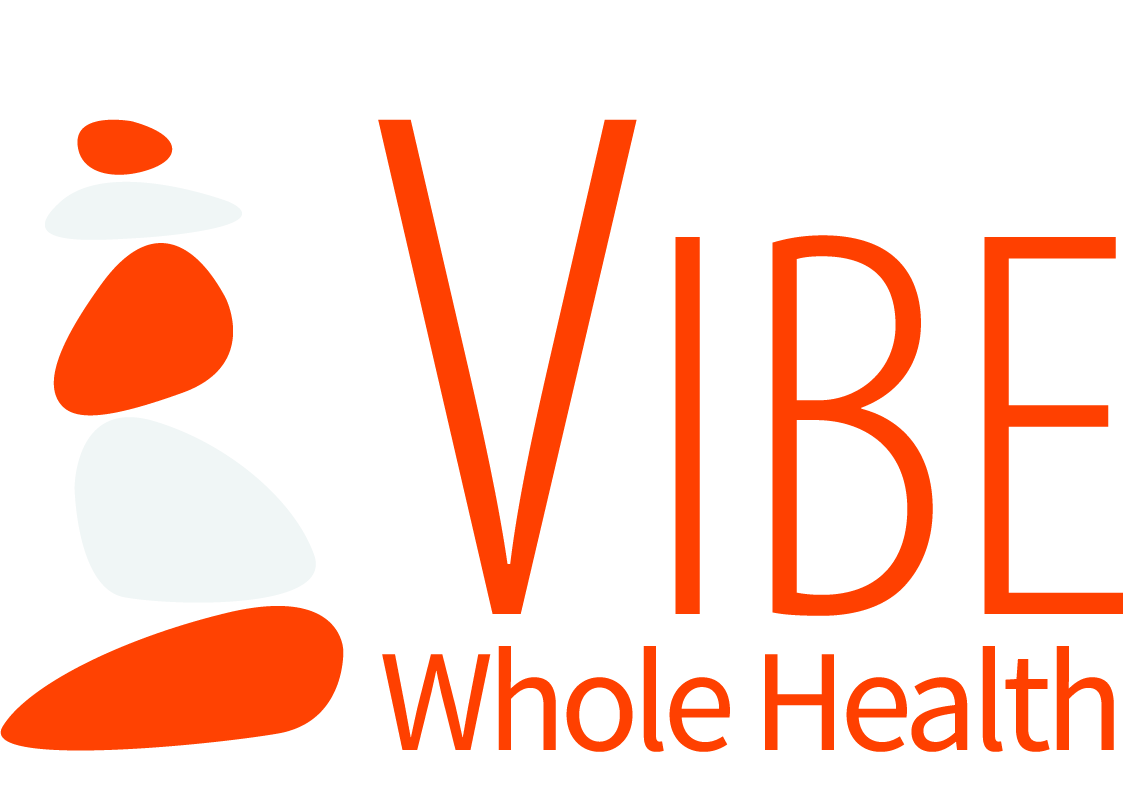
Plank Challenge

Planking is a core strengthening exercise that improves stability, reduces injury, increases flexibility and allows you to maintain mobility. It is not just an ab workout, but rather a full body workout that includes arms, shoulders, back, legs and more. For those of us that spend a lot of time during our day sitting, whether at a desk or in a car, planks can build those muscles to provide good posture and elevate neck and back pain.
Traditional planks are completed with your body completely straight, neck in line with your spine, chin tucked in, elbows – forearms – hands and toes touching the floor. This form of planking is intended for the planking challenge but use variations (described below) if needed.
If this form is too challenging, try placing your knees on the floor to do a knee variation plank. Remember to keep everything in line from your knees to the top of your head. Place a mirror on the floor so you can observe your form and make sure you aren’t slacking somewhere. Slacking can cause injury.
If you require a little more from your planking, you can adjust and hold the plank with your arms extended, as if you are in the high part of a push-up. This is called the high plank. Holding this position will increase the challenge on your shoulders, back and arms. A mirror will assist you holding this form as it is more difficult than traditional planking.
Another variation of planking is to incorporate shoulder and knee touches. Shoulder touch planking can be done in the traditional or high plank position. To preform, touch your left hand to your right shoulder, return to form, then touch your right hand to your left shoulder. Keep a cadence on the movements. Knee touches are similar except you will be touching first your right knee to the floor, return to form, then the left knee to form. Again, keep a cadence on the movements. Utilize all four movements in repetition.
Side planking incorporates resting on your left elbow and left foot (right foot can sit atop the left or behind it on the floor) and holding your body sideways to the floor. A mirror is very helpful here because it is common for people to curve their bodies in this variation which can cause injury. After completing the allotted time on the left, switch over to your right side and repeat.
For comfort it is best to do this exercise on a yoga mat or a towel. You can even fold a towel to put under your elbows to provide it more cushion.
